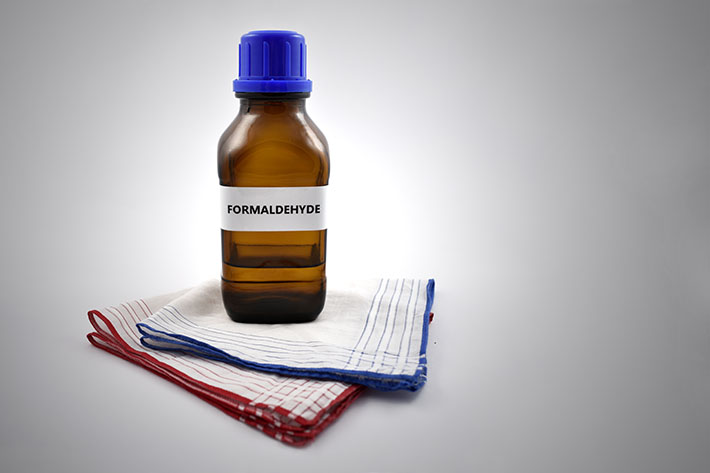
Formaldehyde Analysis Guide
A proposed ASTM International standard-guide could help examine the range of commercially available methods for analyzing formaldehyde concentrations in indoor air.
While formaldehyde is a naturally occurring substance, chronic long-term exposure can potentially lead to health issues, according to the World Health Organization’s report on formaldehyde in indoor environments.
ASTM International’s air quality committee (D22) is developing the guide (WK71196). Dustin Poppendieck, an environmental engineer at the U.S. National Institute of Standards and Technology, says the new guide could serve as a repository that describes the advantages and limitations of a wide range of quantification methods used to meet indoor air requirements involving formaldehyde.
“Traditionally, formaldehyde concentrations in indoor air-related test methods have been quantified using the chromotropic acid method,” says Poppendieck. “In recent years, though, more techniques have been developed to determine formaldehyde concentrations. This standard would benefit those who would like to explore less labor and consumable intensive methods while limiting the use of dangerous chemicals used during formaldehyde analysis.”
This effort supports United Nations Sustainable Development Goals #3 on health and well-being and #12 on responsible consumption and production, Poppendieck notes.
The committee invites laboratory-grade formaldehyde instrument manufacturers and users as well as those involved in formaldehyde emission regulations to get involved. Become a member of ASTM.
The group is also encouraging members of ASTM International’s wood committee (D07) to join this effort. The next meeting of ASTM International air quality committee is March 29 – April 2, in Boston (Massachusetts, USA).
U.N. Sustainable Development Goals Supported:


 SN Home
SN Home Archive
Archive Advertisers
Advertisers Masthead
Masthead RateCard
RateCard Subscribe
Subscribe Email Editor
Email Editor